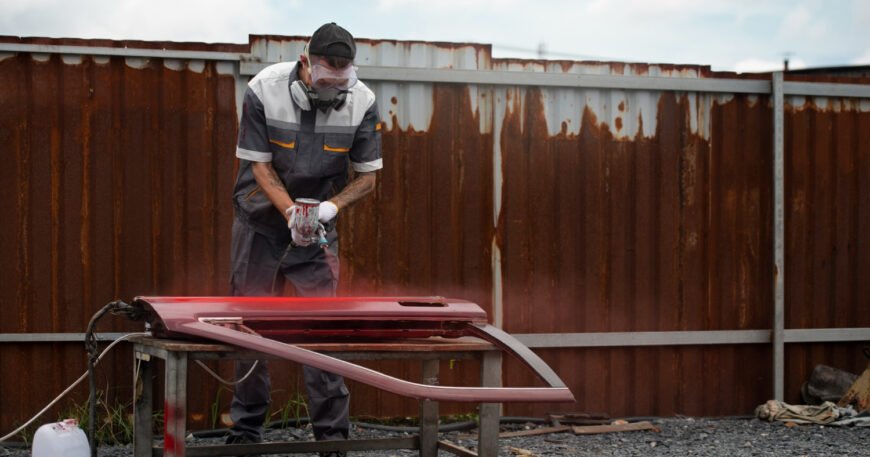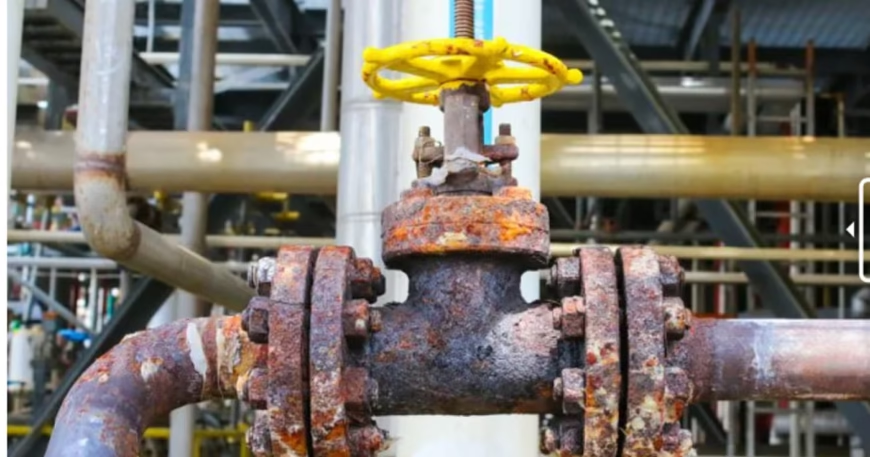Why Coating Rework Is So Expensive And How Smart Field Tools Can Stop It Cold
Why Coating Rework Is So Expensive And How Smart Field Tools Can Stop It Cold Why Coating Rework Is So Expensive — And How Smart Field Tools Can Stop It Cold Industrial coatings are the frontline of asset protection — yet coating rework remains one of the most persistent (and expensive) hidden costs in field operations. The culprit? Poor visibility, disconnected QA workflows, and missing documentation. A 2023 report by NACE International showed that coating failures account for up to 20% of total maintenance costs in heavy industry. And the average rework job? It’s not just time-consuming — it can cost 2–4x the original coating application, especially when it involves re-blasting or downtime on critical assets. The Real Problem Isn’t Paint — It’s Process At Gulf Integrity Services (GIS), a contractor managing coating scopes for a major petrochemical facility in Louisiana, this problem came to a head during a recent outage. Inspectors were documenting DFTs (Dry Film Thickness) on paper logs, contractors were rotating across shifts, and the superintendent had no real-time view into failures, touch-ups, or compliance. “We had guys measuring with micrometers, taking photos with their phones, and logging results in notebooks,” said Imran K., the coatings superintendent. “There was no centralized view of what passed, what failed, and what needed to be redone.” Enter IntelliSpec’s Coating Intelligence Suite GIS implemented intelliSPEC’s Fireproofing & Coating AI module and deployed mobile QA forms across all field crews — rugged tablets included. Every inspector could now: Record DFT readings with AI-guided checklists Auto-capture and tag pre/post photos to specific asset zones Sync offline data to a central dashboard the moment connectivity resumed. Supervisors could immediately view real-time pass/fail trends, flagged zones, and crew-specific performance — all without waiting for end-of-shift paper reports. What Changed? Within six weeks: Rework dropped 45%, mainly from faster issue detection QA cycle time went down by 30% The team achieved 100% mobile form adoption, including third-party contractors Leadership had complete traceability for every inspection, coating pass, and failure These results align with broader trends — according to IIoT World, 82% of manufacturing firms report unexpected downtime due to poor inspection tracking, and AI-enabled workflows are projected to reduce defect rates by 25–50% across field teams by 2026. What You Can Do Now If your team is still using clipboards, disconnected photo galleries, or Excel to manage coating QA, it’s time to rethink the process. Ask yourself: Can I see coating failures in real time? Are we spending more on rework than on prevention? Do I trust our DFT records during audits? “Once we digitized the field, we didn’t just reduce rework. We built trust across crews,” said Imran. Final Takeaway Coating isn’t just about what goes on the surface — it’s about the integrity of the entire workflow. With intelliSPEC, industrial field teams are cutting costs, preventing rework, and proving compliance from day one. 🔵 Ready to reduce coating rework and digitize your QA workflows? More Insights & Articles Explore our latest insights, technical articles, and industry trends to stay ahead of the curve. View All Blog Posts





